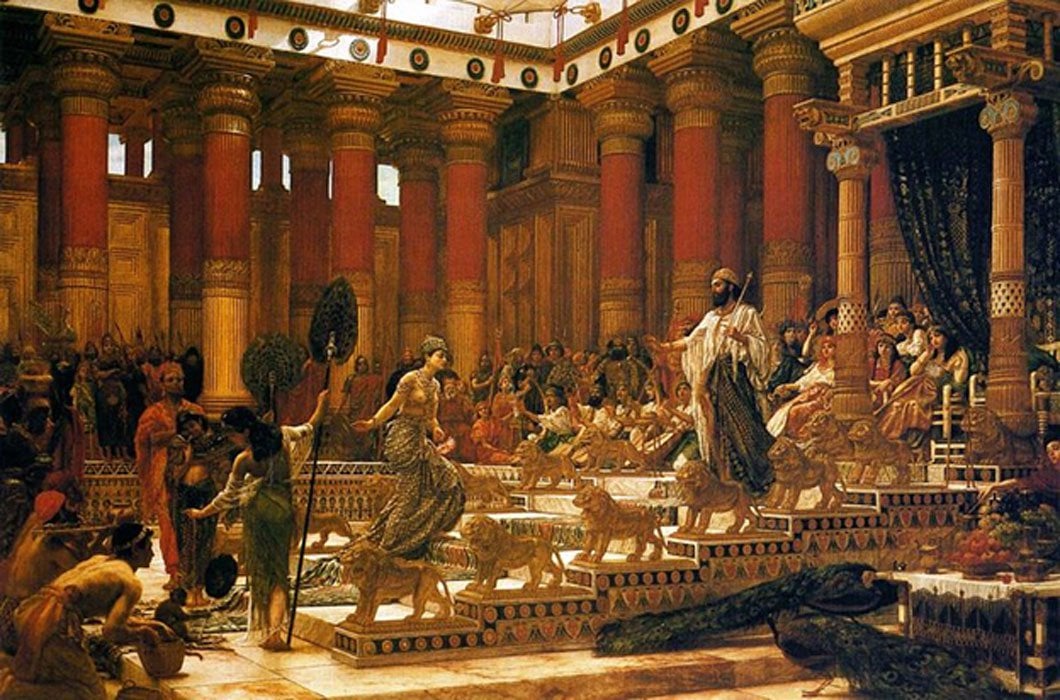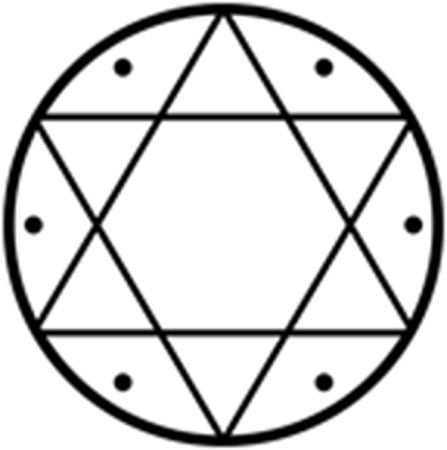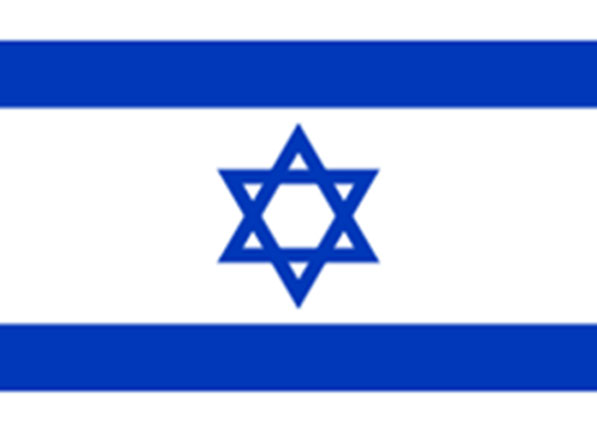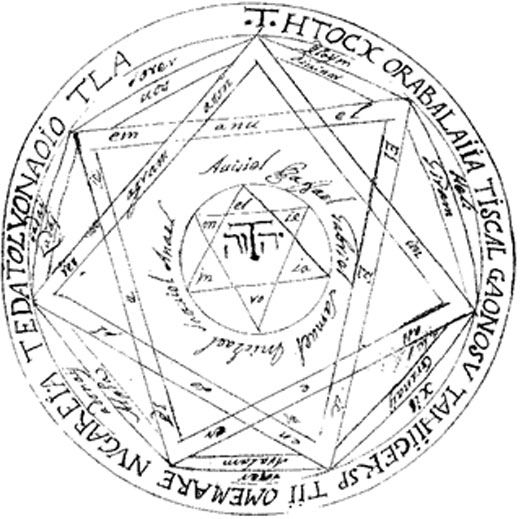
The Seal of Solomon Controlling the Demonic Armies
Did King Solomon possess a magical ring – given to him directly from heaven – with which he could control Astaroth, Prince of Hell? The Seal of Solomon (or Ring of Solomon) is known as the Star of David in Jewish tradition and was the magical signet ring attributed to King Solomon in medieval Jewish tradition and in both Islamic and Western occultism. Described as a pentagram or hexagram the ring was said to give Solomon the power over demons and jinn (genies) and enabled him to speak with animals, thus it became a powerful magical motif, amulet and talisman in medieval and Renaissance-era occultism, alchemy and ceremonial magic.

Simplest form of The Seal of Solomon. (CC BY-SA 3.0)
Hexagram Ring Sent Directly From Heaven?
Constructed of brass and iron the two parts of the ring sealed written commands addressed to a range of good and evil spirits. The origins of the legends surrounding the Seal of Solomon are difficult to establish, but it is known medieval Arabic writers developed the legend and the hexagram association claimed that the ring was engraved by God and sent directly to Solomon from heaven. The hexagram was placed on the flag of Israel in 1948 but has its origins in 14th-century depictions of the Seal of Solomon. Because hexagrams were used so prominently on Jewish esoteric literature from the early medieval period it is generally agreed by most scholars that the symbol entered the Kabbalistic tradition of medieval Spain, from Arabic literature.

Inspired by Solomon’s magic seal a blue Star of David placed between two horizontal blue stripes on a white field was adopted in 1897 by the Zionist movement and used from 28 October 1948 by the State of Israel). (Public Domain)
References to the Seal of Solomon being a pentagram first appeared in western Renaissance magic, for example, when English bishop and antiquarian White Kennett (1660–1728) referred to a ‘Pentangle of Solomon’ having to the power of exorcising demons. In Heptameron (1496) by Peter de Abano the ‘Pentacle of Solomon’ was in reality a hexagram drawn out on floors in which magicians stood for protection while invoking demons.
King Solomon’s Book of Magic
King Solomon’s experiments with supernatural phenomena included his constraining of ‘72 spirits in a bronze vessel’, about which he wrote to his son Rehoboam, who himself hid the book in his grave upon death. A group of Babylonian philosophers later discovered the book but none could interpret it until the ‘Angel of the Lord appeared to Iohé Grevis’ who placed a conjuration on the book: “that the unworthy, the unwise or those who did not fear God would not attain the desired effect from any of the workings contained therein.”
- Grimoires by a Biblical King? The Magical Treatise of Solomon and the Key of Solomon
- The Significance of the Sacred Seal of Solomon and its Symbols
- The Mind-Body Problem: Mankind’s Elusive Enigma
The legendary books of magic associated with the Biblical King Solomon appear translated in the 15th to 17th century Italian Renaissance grimoires. The earliest is titled Key of Solomon and the later 17th-century grimoire is known as Clavicula Salomonis Regis, Lesser Key of Solomon. Influenced by earlier works of Jewish kabbalists and Arab alchemists the Key of Solomon appears on early Greek manuscripts dating to the 15th century known as The Magical Treatise of Solomon.





